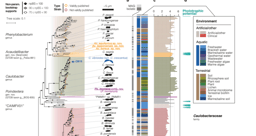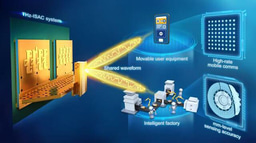Blood clotting and tissue healing
Published in Healthcare & Nursing and General & Internal Medicine
A recent study investigated the occurrence of deep venous thrombosis (DVT)—a serious condition where blood clots form in deep veins—in patients who suffered Achilles tendon ruptures (ATR). The researchers aimed to identify tissue biomarkers that could predict both DVT development and long-term patient outcomes.
The study found specific biomarkers in tissue samples from ATR patients that were associated with a higher risk of developing DVT. These biomarkers could potentially serve as early warning signs, allowing for timely interventions to prevent complications. Additionally, they found that these biomarkers were linked to poorer long-term outcomes in patients, suggesting they could also help predict recovery trajectories.
This research underscores the need to develop effective blood clot prevention strategies to improve both patient recovery and overall outcomes after injuries.
Follow the Topic
-
Scientific Reports

An open access journal publishing original research from across all areas of the natural sciences, psychology, medicine and engineering.
Related Collections
With Collections, you can get published faster and increase your visibility.
Reproductive Health
Publishing Model: Hybrid
Deadline: Mar 30, 2026
Sepsis: Treatment, intervention, mortality
Publishing Model: Open Access
Deadline: Dec 23, 2025




Please sign in or register for FREE
If you are a registered user on Research Communities by Springer Nature, please sign in